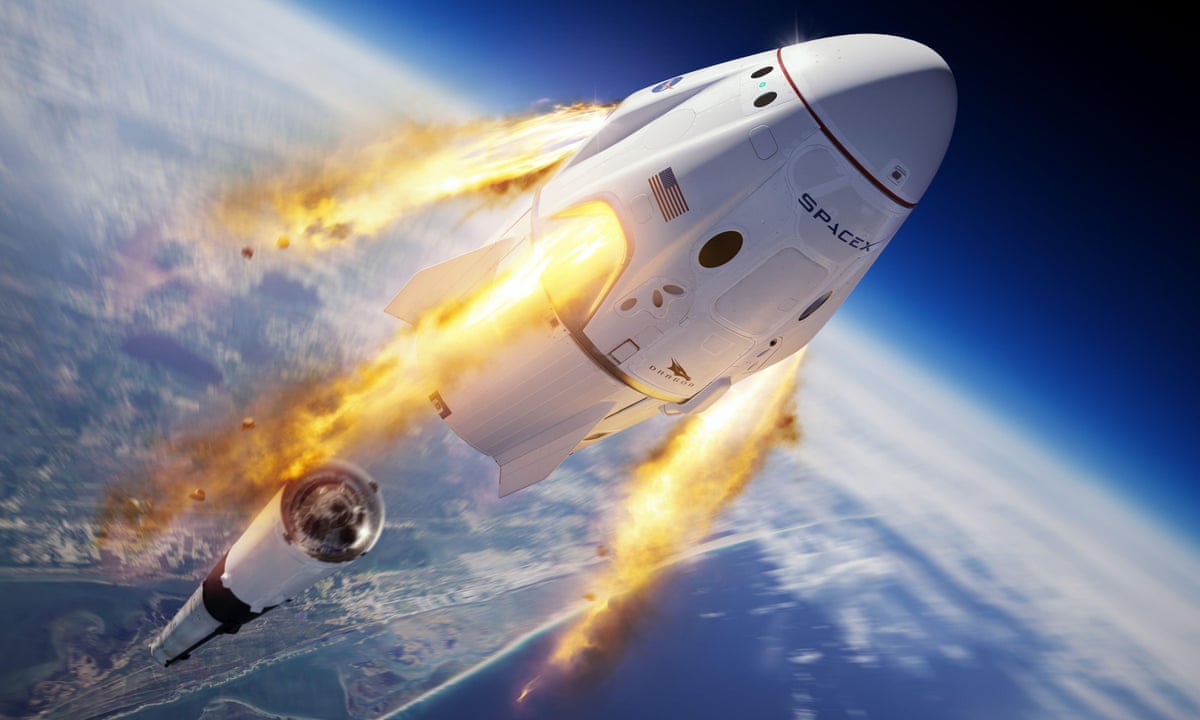
The ability to generate thrust for propulsion is a fundamental requirement for any spacecraft. In the vacuum of space, where there’s no atmosphere to provide lift or propulsion, spacecraft must rely on sophisticated propulsion systems to maneuver, change orbits, and travel vast distances. This article explores the fascinating world of how spaceships generate thrust for propulsion in the extreme conditions of outer space.
The Basics of Space Propulsion
Spacecraft propulsion is fundamentally based on Newton’s Third Law of Motion, which states that “for every action, there is an equal and opposite reaction.” In simple terms, to move forward in space, a spacecraft must expel matter backward, generating thrust in the process. Here’s a closer look at how this principle is applied in various spacecraft propulsion systems:
1. Chemical Propulsion
Rocket Engines:
Most conventional rockets use chemical propulsion systems. These engines work by combining a fuel and an oxidizer in a combustion chamber. When ignited, the chemical reaction between the fuel and oxidizer produces hot gases, which are expelled at high velocities through a nozzle at the rear of the rocket. The expulsion of these gases generates an equal and opposite force (thrust) that propels the rocket forward.
Types of Chemical Propulsion:
- Liquid Rocket Engines: These use liquid propellants, such as liquid hydrogen and liquid oxygen, which are stored in separate tanks and mixed and burned in the combustion chamber.
- Solid Rocket Motors: Solid rockets use a single solid propellant that is preloaded into the motor. Once ignited, it burns continuously until the propellant is exhausted.
Chemical propulsion is widely used for launch vehicles, interplanetary missions, and orbital adjustments due to its high thrust capabilities. However, it is not the most efficient for long-duration missions.
2. Electric Propulsion
Electric propulsion systems, such as ion and Hall effect thrusters, are increasingly used for deep space missions due to their high efficiency and low fuel consumption.
Ion Thrusters:
Ion thrusters work by ionizing a propellant, typically xenon gas, and then using electric and magnetic fields to accelerate the ions to high speeds. The accelerated ions are expelled at very high velocities, creating thrust. While ion engines provide low thrust levels, they can operate for extended periods, making them ideal for long-distance missions like those to outer planets.
Hall Effect Thrusters:
Hall effect thrusters use a magnetic field to accelerate electrons in a plasma, which in turn ionizes a propellant gas. The combination of the magnetic field and the electric potential generates thrust as the ions are expelled. Hall effect thrusters provide higher thrust levels compared to ion thrusters but are still highly efficient.
3. Nuclear Propulsion
In nuclear propulsion systems, nuclear reactions, typically involving nuclear fission, are used to heat a propellant, such as hydrogen, to extremely high temperatures. The superheated propellant is expelled at high velocities through a nozzle, generating thrust. Nuclear propulsion offers the potential for significantly higher thrust levels and shorter travel times for interplanetary and interstellar missions.
4. Solar Sails
Solar sails are a unique form of propulsion that utilizes the pressure of photons from the sun to generate thrust. These large, ultra-thin sails reflect sunlight, and the momentum transfer from photons creates a small but continuous acceleration. Solar sails are ideal for missions requiring very low thrust levels and extended travel times, such as missions to study the outer solar system.
Challenges and Future Directions
While spacecraft propulsion technology has come a long way, there are still challenges to overcome, particularly for long-duration missions beyond our solar system. Some key challenges include:
- Energy Storage: Developing advanced power sources, such as nuclear reactors or high-efficiency solar panels, for extended missions.
- Propellant Efficiency: Finding more efficient propellants and propulsion methods to reduce fuel requirements for deep space travel.
- Interstellar Travel: Pioneering new propulsion technologies, like antimatter propulsion or laser-based propulsion, to achieve the extremely high speeds needed for interstellar exploration.
In conclusion, the science of spacecraft propulsion is a testament to human innovation and engineering prowess. Whether through chemical reactions, electric fields, nuclear reactions, or even harnessing sunlight, spaceships generate thrust to explore the cosmos, unlocking the mysteries of our universe one mission at a time. As technology continues to advance, the future holds exciting possibilities for even more efficient and groundbreaking propulsion methods that will enable humanity to venture further into the depths of space.
